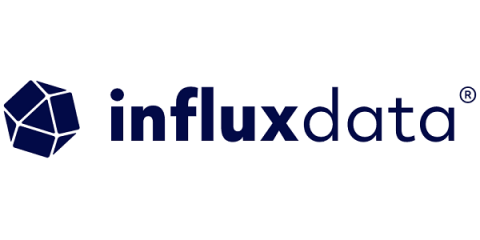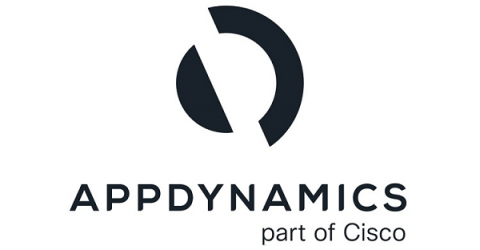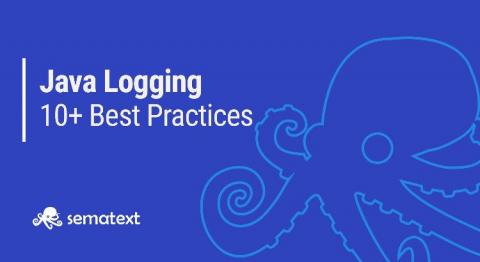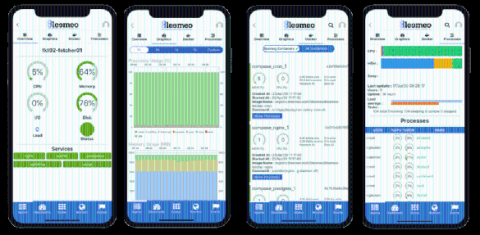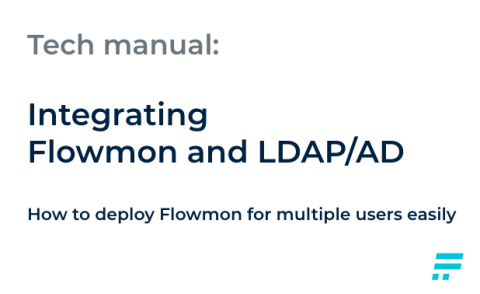How to Use Starlark with Telegraf
Our Telegraf Starlark Processor Plugin is an exciting new processor in Telegraf 1.15 that gives you the flexibility of performing various operations in Telegraf using the Starlark language. What is Starlark, you ask? Starlark (formerly known as Skylark) is a language intended for use as a configuration language. Starlark is a dialect of Python. Like Python, it is a dynamically typed language with high-level data types, first-class functions with lexical scope, and garbage collection.


